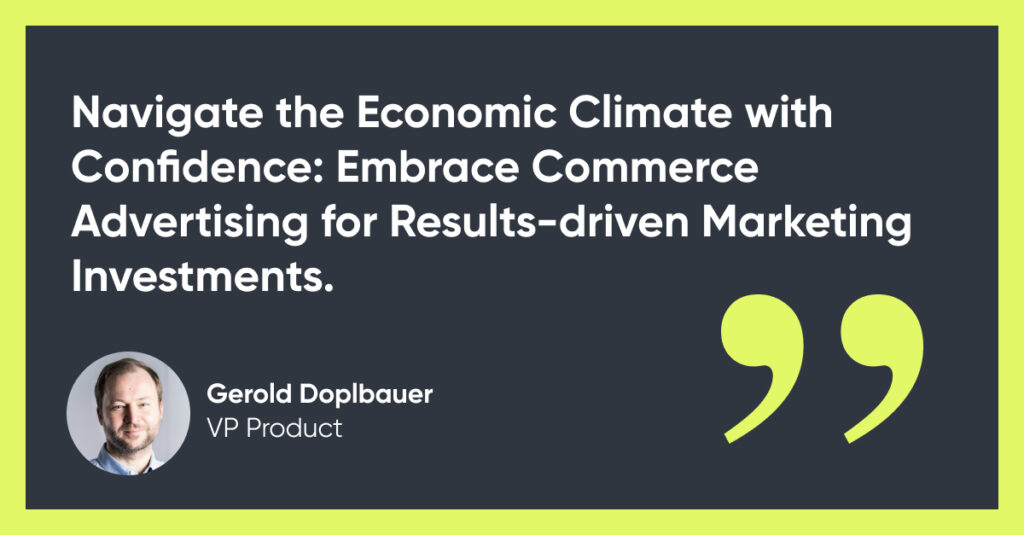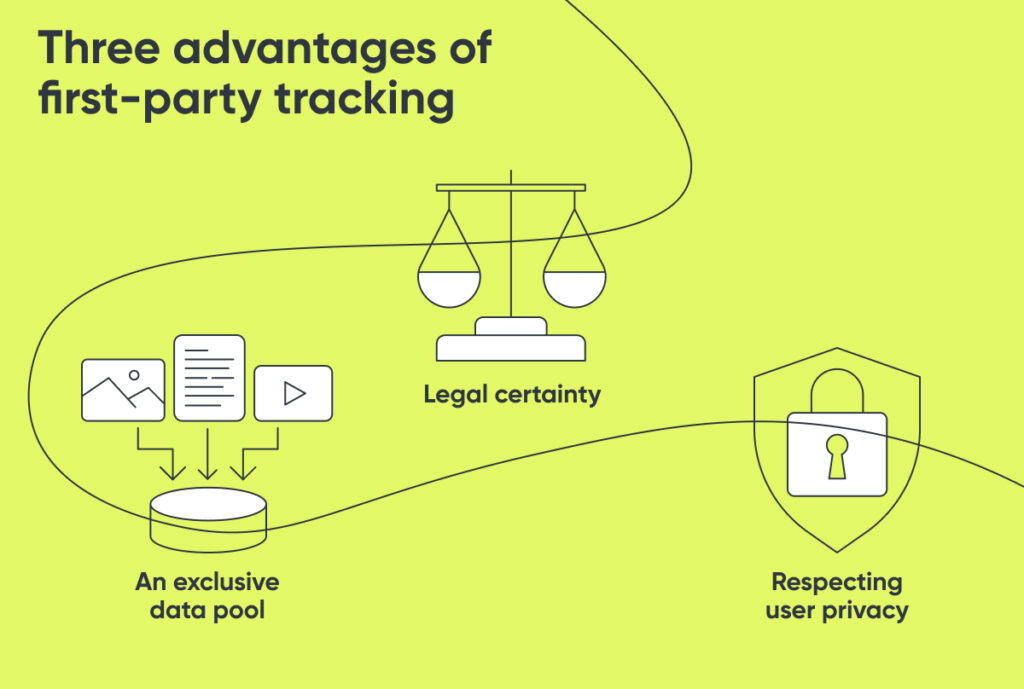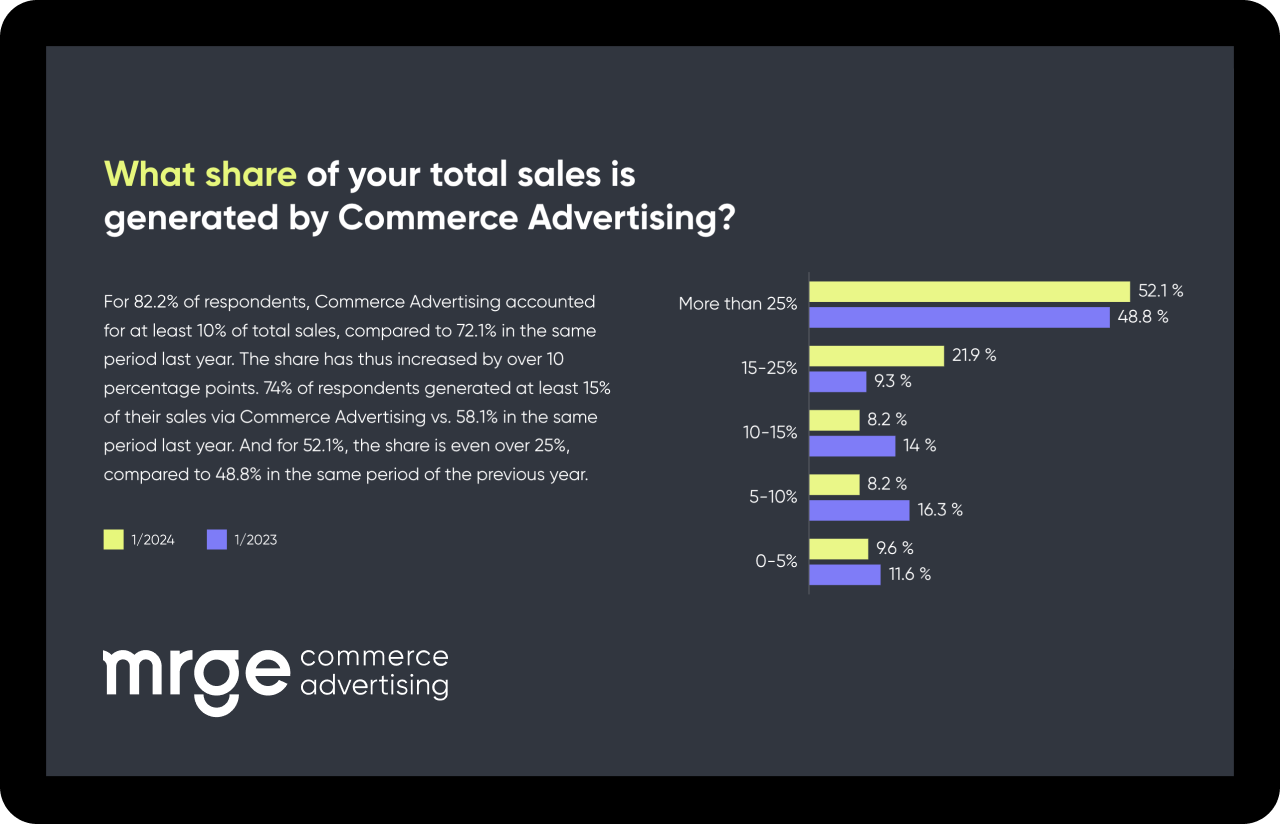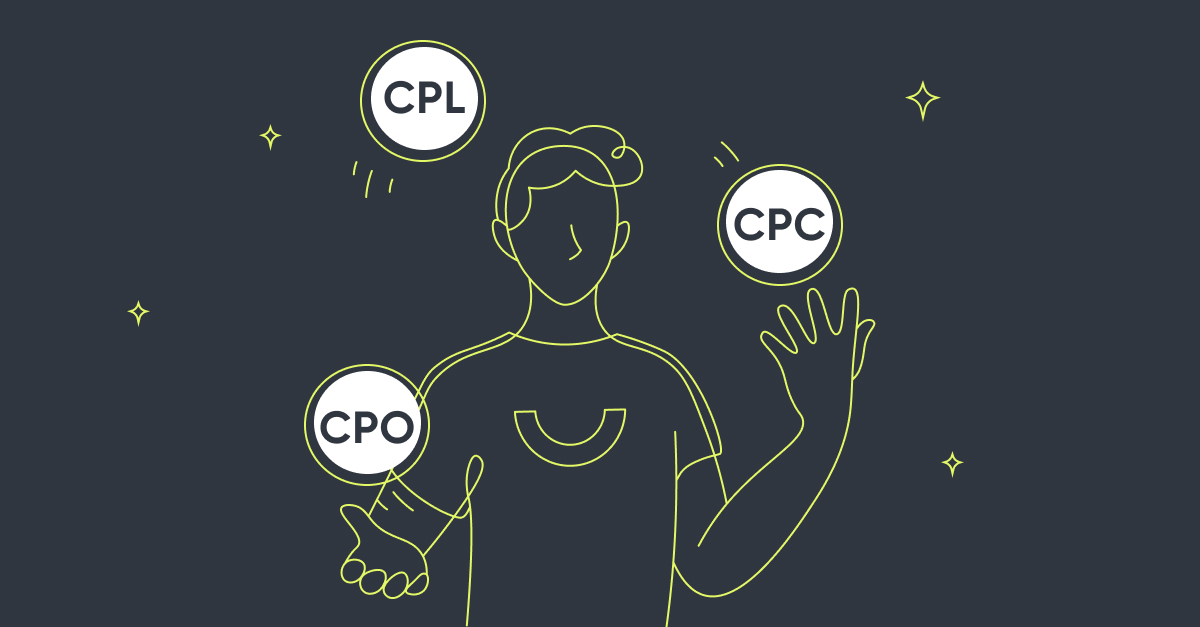Key Take Aways
Executive summary: 5 key take-aways for quick readers
- Commerce Advertising thrives independently of third-party cookies
- Exclusively targets users with a click ID, ensuring data privacy by eliminating the need for personal information
- New mechanisms such as server-to-server tracking have long been established in Commerce Advertising
- Commerce Advertising achieves full compliance with the GDPR (General Data Protection Regulation) through its utilization of robust first-party tracking methods
- Commerce Advertising minimizes risks for publishers and advertisers
The resilience of Commerce Advertising as a business model remains unaffected by the disabling of third-party cookies in all browsers and the various alternative options that may emerge. If you are seeking to learn more about the distinction between first-party, second-party, and third-party data, as well as the cookie regulations across various web browsers, you are in the wrong place. However, if your aim is to understand why Commerce Advertising remains largely unaffected by this entire issue and why, as a result, it stands as one of the most promising and secure models for advertisers and publishers, then you are in the right spot.
“Cookiepocalypse” in Commerce Advertising: What happened?
A diverse range of stakeholders, including advertisers, publishers, ad networks, content creators, and more, derive their revenue from Commerce Advertising. While some perceive a threat to their business with the potential demise of third-party cookies, this belief is misguided. To understand why, let's delve deeper into the mechanisms of Commerce Advertising:
In Commerce Advertising, users engage with relevant articles on a publisher's website or search for coupons. Ideally, they click on a link that directly leads them to the advertiser's online store. Publishers earn a commission for each click in Cost-per-Click (CPC) campaigns. In Cost-per-Action (CPA) campaigns, the advertiser's site tracks purchases, and this data is shared with the advertising network, which can identify the publisher based on the click ID and proceed to pay out the agreed-upon amount.
Depending on the technology used by the advertiser or the advertising network, third-party cookies may still be used to gain a better understanding of the audience and to target advertising more effectively. However, for click-out tracking and billing in Commerce Advertising, these cookies are not necessary. Alternative tracking methods that do not rely on third-party cookies are typically utilized, such as server-to-server tracking. In this approach, a first-party cookie is set on the advertiser's website (= on their server), and the conversion data is exclusively exchanged between the advertiser and the advertising network by establishing direct communication between their respective servers. Unlike other marketing channels, only information about the publisher who initiated the sale is shared, while no personal data about individual users is disclosed. Since server-side tracking ensures that data remains exclusively accessible to the advertiser and is not shared across multiple websites, it aligns with the general data protection regulations (GDPR).
Across industries and independent of Commerce Advertising, we are convinced that when the cookie crumbles, solutions will emerge. Throughout its history, the industry has consistently demonstrated its agility in responding to shifting market conditions, finding prompt resolutions to any challenge that arises.

Why first-party data has long been the gold standard in Commerce Advertising
In Commerce Advertising, first-party cookies have long been the cornerstone of tracking, serving two critical purposes: 1. Identifying the publisher accountable for directing users to the advertiser's store, and 2. Recording user interactions, thereafter, including clicks (CPC), product purchases (CPO), and registrations (CPA). The precise tracking parameters vary based on the publisher's compensation model, which can involve payment per order or per click. For more details on the various billing models, we have curated an overview available here.
Commerce Advertising refrains from collecting personal data or engaging in cross-website retargeting practices. As a result, it remains impervious to browser-based limitations and user-imposed restrictions like ad blockers.
Publishers prioritize identifying advertisers that can enhance their traffic monetization, while advertisers primarily seek to ascertain the publishers from which their users originate. Third-party cookies are unnecessary for obtaining this information.
Three advantages of first-party tracking at a glance
- An exclusive data pool: The greatest advantage of first-party data is that it is obtained directly by website operators, eliminating the reliance on third parties. This allows them to expand and refine their own data pool continuously.
- Legal certainty: Collecting and using first-party data is fully compliant with the General Data Protection Regulation (GDPR) – provided that consent has been obtained, often by the use of cookie banners. From that point onwards, there are no legal risks.
- Respecting user privacy: Commerce Advertising abstains from using personally identifiable information (PII) of users and targets them specifically in contexts where their purchase intent is present, such as on coupon or product comparison sites. The focus is solely on the user's position in the customer journey and their interactions with the advertiser's online store (clicks, leads, purchases, etc.), as well as the publisher from which they originate.

Now is the time for Commerce Advertising
Given the current global economic climate, many companies are adopting a cautious approach, especially in the digital economy where the phase-out of third-party cookies is imminent. Significant amounts of advertising budgets are still allocated to third-party-dependent tactics like retargeting campaigns and display/banner advertising.
Before freezing their budgets, companies should consider shifting toward Commerce Advertising. Not only does it provide a secure data protection environment for advertisers and publishers, but it also ensures budget safety through clearly defined commission structures at the campaign's outset, whether it's per click, lead, or purchase. This means that every Euro or Dollar invested yields measurable and predictable performance. Additionally, Commerce Advertising offers publishers a future-proof method to monetize their traffic, especially as traditional methods like banners and native ads face challenges in the Cookiepocalypse.
A Commerce Advertising platform like mrge can bring both advertisers and publishers together, offering a diverse range of potential partners and campaigns.

















